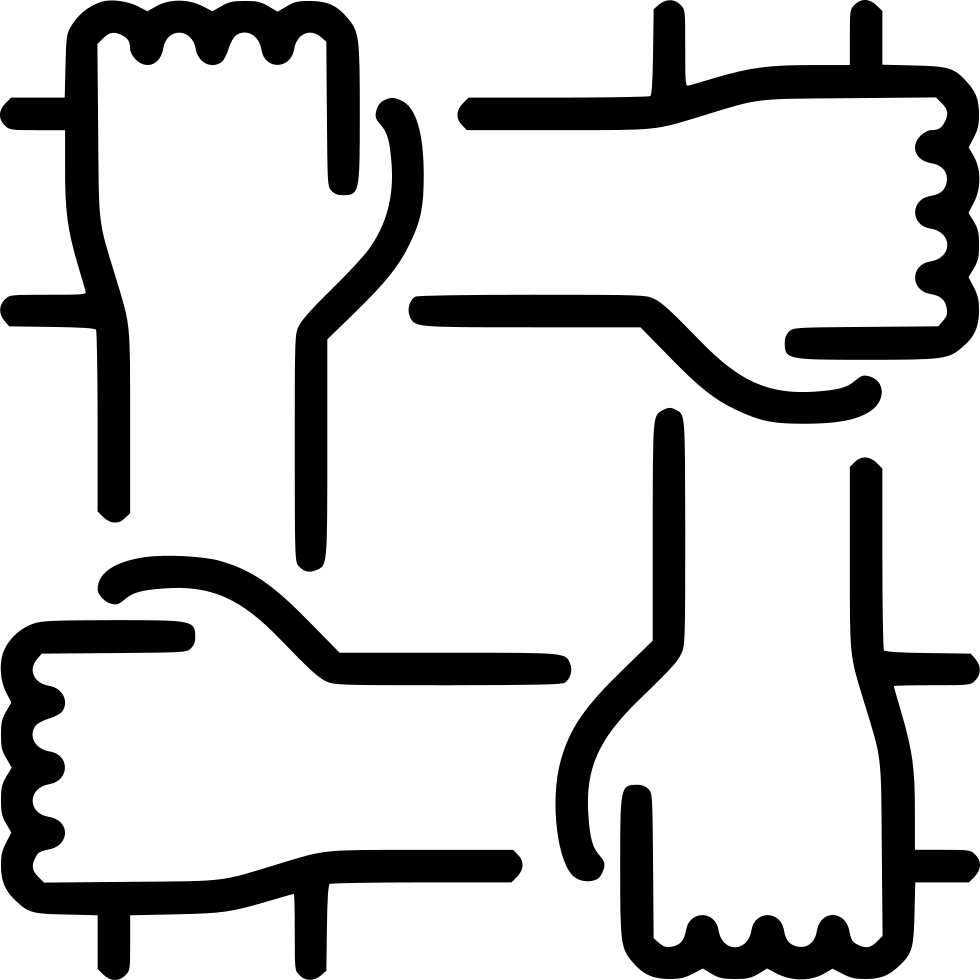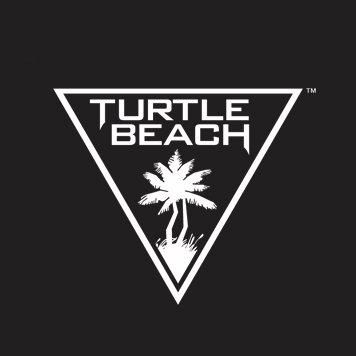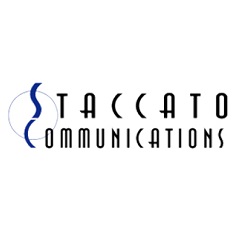As Director of Engineering at Broadcom, I was responsible for the organization that developed
the mobile, PC, and embedded software, protocol stacks, tools, and development kits for
Broadcom's Bluetooth, NFC, and 802.15.4 portfolio of standalone and combo connectivity
silicon. There were as many as seventy engineers in my organization, located on the U.S.
West Coast, East Coast, Europe, India, and Taiwan.
I joined Broadcom in 2008, a year after the introduction of the iPhone, and just prior to
the introduction of the first Android phones. This was an important time as a transition
to the new mobile computing paradigm was creating an insatiable demand for Wifi + Bluetooth
combo silicon in which Broadcom had a dominant position.
I assembled a team to work on Android AOSP software, leveraging a core group of software
engineers who were experts in connectivity but were not familiar with Java, Git, Gerrit,
nor the new scales of software development that came with AOSP development. I contracted
consultants to train the existing engineers in the new technologies while hiring to augment
the team with experts in these new areas. I worked to develop the infrastructure to build
and optimize the large-scale code base that allowed to the teams to work effectively,
often collaborating with other engineering directors in Broadcom to share and learn organizational
best practices.
My team gained software traction by helping the largest Android OEMs at the time, including
Samsung, LGE, HTC, Sony, and others to provide higher performance connectivity than the
base AOSP was delivering at the time. This complemented Broadcom's combo connectivity
business strategy that was growing into a multi-billion dollar business.
Within Broadcom, I advocated for an open source strategy for our core protocol stacks. I
worked collaboratively with our business development and product marketing teams to develop
and document an open source strategy that would benefit Broadcom. I presented the strategy
at an annual Broadcom Technical Conference attended by hundreds of Broadcom's most senior
technical staff, CEO and CTO.
The success that we had with top Android OEMs caught Google's attention, and this led to
discussions about contributing Broadcom's core Bluetooth and NFC protocol stack software
to the AOSP. This led to a multi-year collaboration with Google to integrate and deploy
open source versions of the Bluetooth and NFC protocol stacks. During this time I was
engaged with Google technical leaders, our OEM customers around the world, Broadcom's
business development and legal teams, and my own engineers to make the contribution a
success for Android users and all parties.











